5 Landlord Responsibilities for Maintenance and Repairs You Should Know
This article shares landlord responsibilities for repairs and maintenance to ensure rental units meet housing standards for occupation.
Maintenance problems frustrate both landlords and tenants. It is essential to perform preventative maintenance to avoid the need for annoying and costly repairs. However, both parties must be aware of their respective roles in property maintenance. In the event of a repair, a lack of upfront clarity about who is responsible for what can lead to disagreements and additional hassles. So, keep reading to learn about landlord responsibilities for maintenance and repairs, as well as what landlords must do when problems arise.
Every tenant has the right to live in a rental unit that is clean and secure. This indicates that the tenant must have access to heat and hot water in the rental unit. Landlords are responsible for providing safe and habitable housing for their tenants. Things that need fixing, like clogged gutters and drains, a broken staircase, peeling paint, insect-infested rooms, and broken appliances should be repaired as soon as possible.
As mentioned above, it is one of the landlord’s responsibilities to ensure that the rental property is in good repair and that everything provided to the tenant works appropriately. What follows is a partial list of what might fall into this category.
1. Electrical and plumbing systems
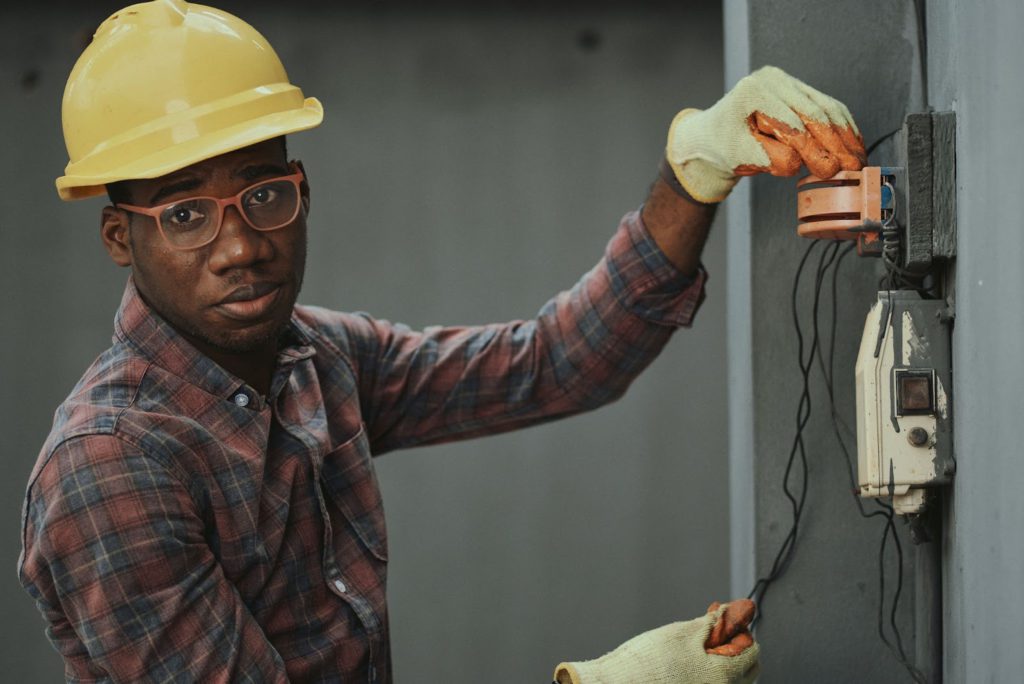
Every landlord is responsible for ensuring that their property is habitable and safe. Maintaining the integrity of electrical systems is their responsibility. In addition to flickering lights and faulty switches, they must look for sparking outlets, blown fuses, non-functioning appliances, exposed wiring, and faulty switches.
Furthermore, landlords should check the house to ensure that there is no dripping or leaking from the faucets, that water drains smoothly from the sinks, and that the seals in the tub and shower are replaced if they are damaged. In addition, they should inspect pipes for corrosion on metal pipes and clear any obstructions from gutters and drains.
2. Fire and gas safety
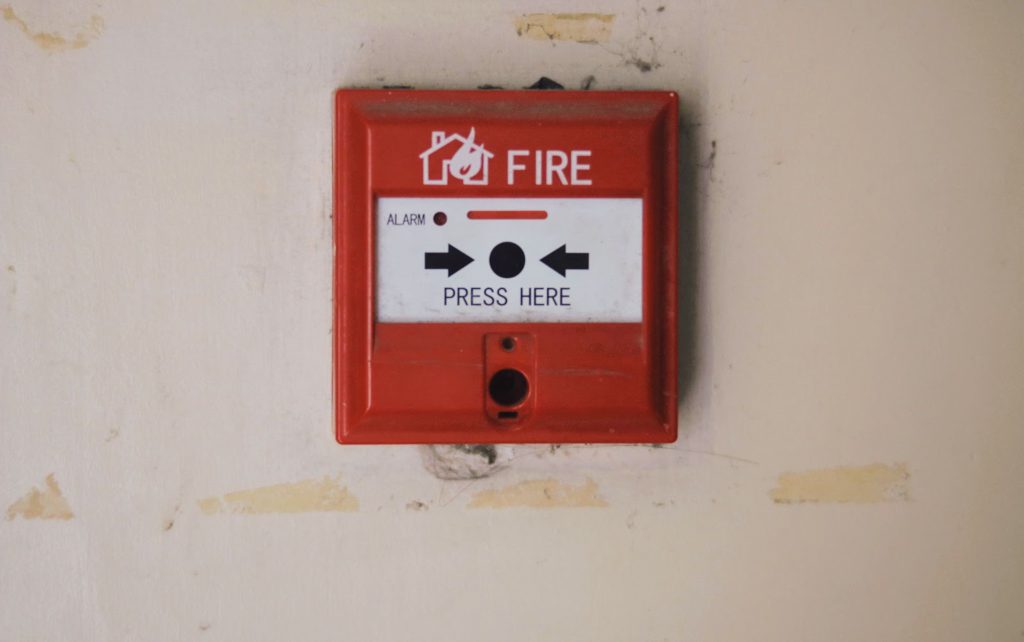
The landlord ensures that the building complies with all fire safety codes. Landlords must conduct fire safety risk assessments on all areas of their property, including rooms, hallways, stairways, and exits.
Landlords must ensure that alarm systems, such as smoke and heat detectors, are installed and functioning correctly in the home. Furthermore, ensure that all doors can be quickly opened in an emergency. They must check that all furnished items are fireproof and compliant with the code. Finally, they should provide tenants with information on fire safety procedures.
Regarding gas safety, landlords ensure that the gas supply and appliances are safe.
3. Damp and mold
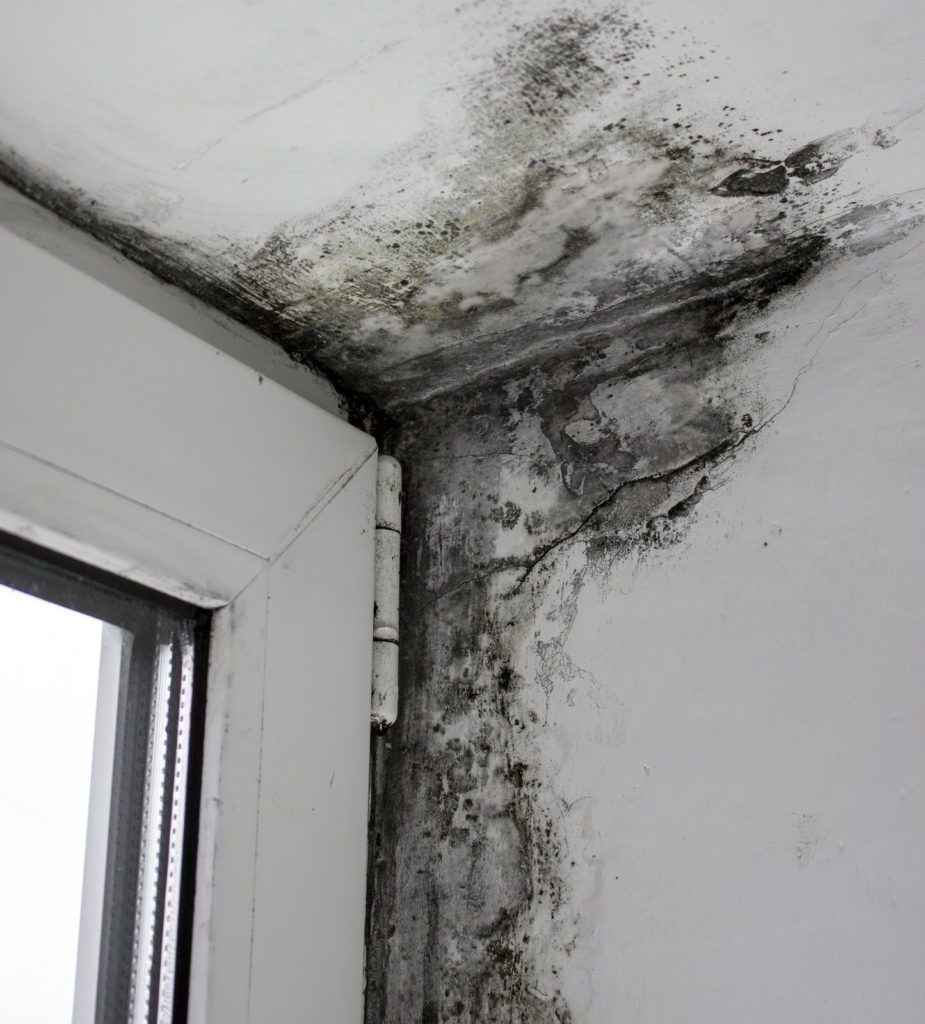
The landlord is responsible for fixing the problem when dampness and mold are due to the building structure. Potential underlying water causes include leaking pipes, cracked walls, rotten or inadequate window frames, missing roof tiles, and clogged gutters. Tenants are responsible for cleaning the property and paying for any mold-related damages if the tenant is to blame for the mold’s growth. This includes situations in which the tenant is responsible for mold growth, such as when the tenant fails to use an extractor fan and allows steam to build up in a bathroom or when the tenant fails to ventilate or clean the property properly.
4. Pests and vermin infestations
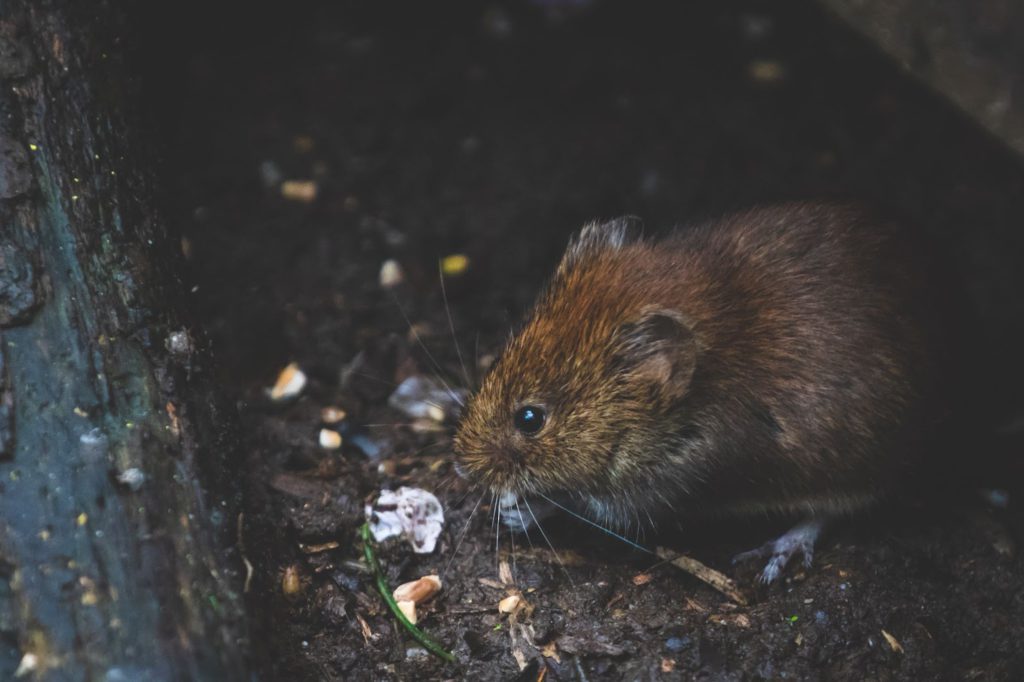
Rodents and other pests gain access to your home when necessary repairs are neglected. Your landlord is responsible for fixing pest entry points, such as holes in the walls, faulty vents or air bricks, broken doors or windows, and so on.
5. Locks and doors
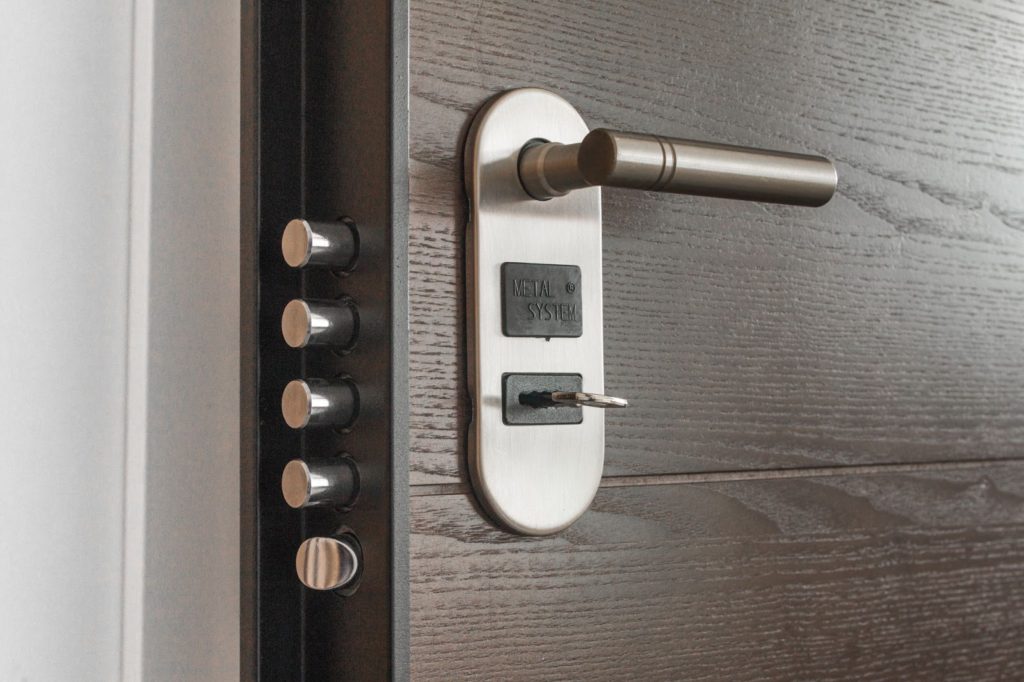
Landlords are responsible for ensuring tenants’ safety and security in the rented property. This means that the locks must work properly and the windows and exterior doors must be in good condition and lockable.
Furthermore, they should check to ensure no one else has a key to the tenant’s house. When a tenant vacates, landlords should always change the locks before allowing a new tenant to move in.
Bottom Line
The landlord’s responsibility for maintenance and repair issues during a tenancy is a frequent source of disagreement between landlords and tenants. It is the landlord’s responsibility to ensure that the rental units and property meet all applicable health, safety, and housing standards and are reasonably suitable for occupation.
To summarize, the following are the five primary landlord responsibilities regarding property maintenance:
1. Electrical and plumbing systems
2. Fire and gas safety
3. Damp and mold
4. Pests and vermin infestations
5. Locks and doors
About Ziba Property
Ziba Property assists clients in managing property listings and needs better, whether you are a property owner or a real estate agent. Please click here to learn more about Ziba Property or download the app on Play Store and App Store.




